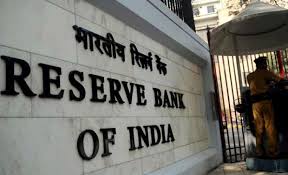
Theory of money demand – Baumol
In the early 1950s ,William j. Baumol of Princeton and Newyork University demonstrated that the transaction demand for money depends on interest rate.The funds that individual hold for transactions to bridge the interval between the receipt of income and its disbursement can be replaced either in currency which is assumed by earning zero interest on that or in saving deposits.
higher the interest rate higher will be the money demand .BAumol analysis that money holding decision of a hypothetical individual who receives income at specified intervals but spend it steadily between paydays .
When the consumer decide how much to consume and how much to save he considered the cost .Thus the cost of holding money is the interest forgone on that amount and the interest forgone will be r (interest) times the amount of cash holding divide by 2 and benefit of holding money is consumer can save himself from too many trips to bank and also from the broker’s fees .On the other hand which was considered as the cost of saving in bank accounts.
Thus to decide how much to consume and how much to save consumer have to minimise both these costs and this leads to the conclusion that higher will be the interest rate,higher will be the money demand and people will save more in bank accounts and higher will be the broker’s fee people will tend to hold more cash in hand .
The smaller the withdrawals mean that average cash holdings are smaller .The extra broker’s fees incurred by going bank more frequently are compensated for by the extra interest earned on larger savings account balances at the higher interest rate .




12 Comments. Leave new
Good article
Nice article!
Explained well..!
nice article!
nice!
good job
Very well explained.
Great work!
Well Structured Article 😀
informative , very well written !
informative. specially for economic students, like me 😛
Well Articulated